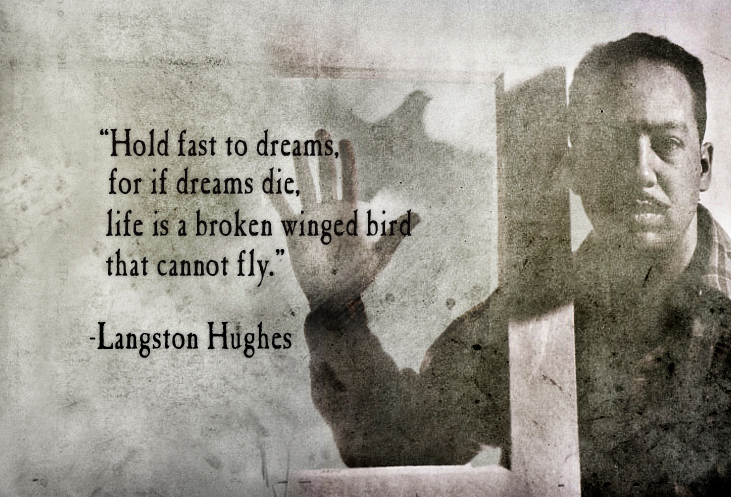

Figurative Language contains images created by comparing unlike items to make things clear to the reader or listener. It is not meant to be taken literally. If I say my pillow is a fluffy cloud, I'm comparing my pillow to a cloud, but it's not actually a cloud, right? The comparison just helps you imagine how fluffy the pillow is.
Step One: Read and explore the following web site to learn about figurative language. There is a table at the top of the website with types of figurative language, definitions and examples. If you scroll to the bottom of the site, there are websites listed under each of the types of figurative language. Those websites will help you complete the activity.
Figurative Language Website:
http://www.kidskonnect.com/subjectindex/20-educational/language-arts/343-figurative-language.html
Step Two: Complete the figurative language book as you explore this site.
Step Three: Read the following poems, listing the figurative language used in each poem on the Figurative Language Chart.
List of Poems
Introduction to Poetry: http://www.poets.org/viewmedia.php/prmMID/20177
Dreams: http://www.poets.org/viewmedia.php/prmMID/16075
A Blessing:http://www.poets.org/viewmedia.php/prmMID/16944